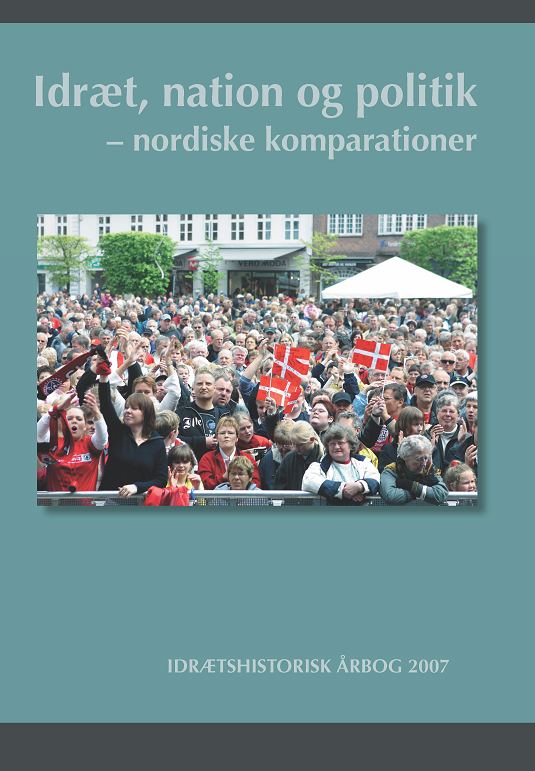Fotballkamp paa Grus og græs i Kristiania
DOI:
https://doi.org/10.7146/ffi.v23i0.31664Resumé
Artiklen omhandler udviklingen i fodbold i Kristiania, med særlig fokus på fodboldbaner.
Frode Fretland: Footballmatches on grass and gravel in Christiania
This article will focus on the development of football and football grounds in the Norwegian capital Christiania until 1922. Questions about grounds for football have always been a central issue in the history of football in Norway. Due to difficult topography and the cold and wet climate in wintertime it has always been problematic to establish proper surfaces. In spite of bad facilities, association football has for a long time been the most popular sport, not in the capital alone, but all over the country. Football was from the very beginning seen as a way to offer children and young people a healthy and playful time of recreation in a natural environment. The municipal authorities of Christiania supported this by building grounds. Most of them were smaller gravel grounds (playing fields) in connection with schools, but only a few grounds were of good standard and had the right size for serious football matches. Really good football was played at full-sized grass pitches, but in Norway it was common until the end of 1910s to have gravel pitches only. When the national team played against Sweden and Denmark they always had difficulties playing well at the grass grounds because they were not used to it. At last, from 1918, a new grass ground near Christiania made it possible for the best local teams and the national team to train and play matches on a proper surface. This was followed by the first victories over Denmark and Sweden.
Downloads
Publiceret
Citation/Eksport
Nummer
Sektion
Licens
Forfattere, der publicerer deres værker via dette tidsskrift, accepterer følgende vilkår:
- Forfattere bevarer deres ophavsret og giver tidsskriftet ret til første publicering, samtidigt med at værket er omfattet af en Creative Commons Attribution-licens, der giver andre ret til at dele værket med en anerkendelse af værkets forfatter og første publicering i nærværende tidsskrift.
- Forfattere kan indgå flere separate kontraktlige aftaler om ikke-eksklusiv distribution af tidsskriftets publicerede version af værket (f.eks. sende det til et institutionslager eller udgive det i en bog), med en anerkendelse af værkets første publicering i nærværende tidsskrift.
- Forfattere har ret til og opfordres til at publicere deres værker online (f.eks. i institutionslagre eller på deres websted) forud for og under manuskriptprocessen, da dette kan føre til produktive udvekslinger, samt tidligere og større citater fra publicerede værker (se The Effect of Open Access).





